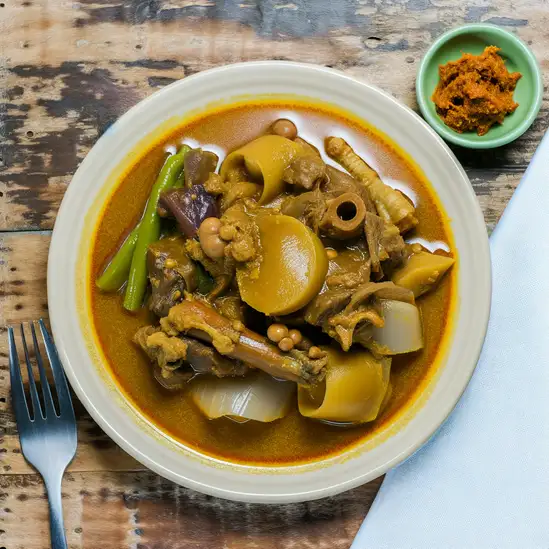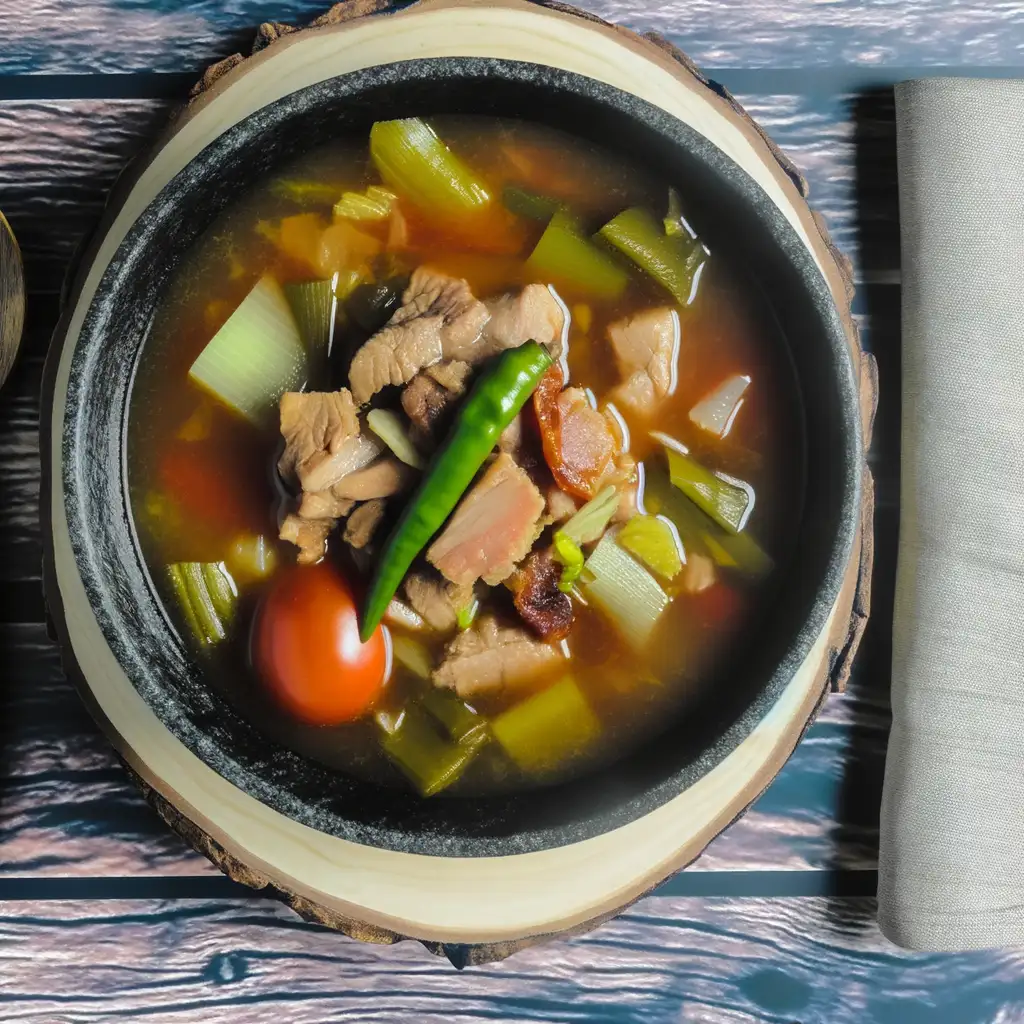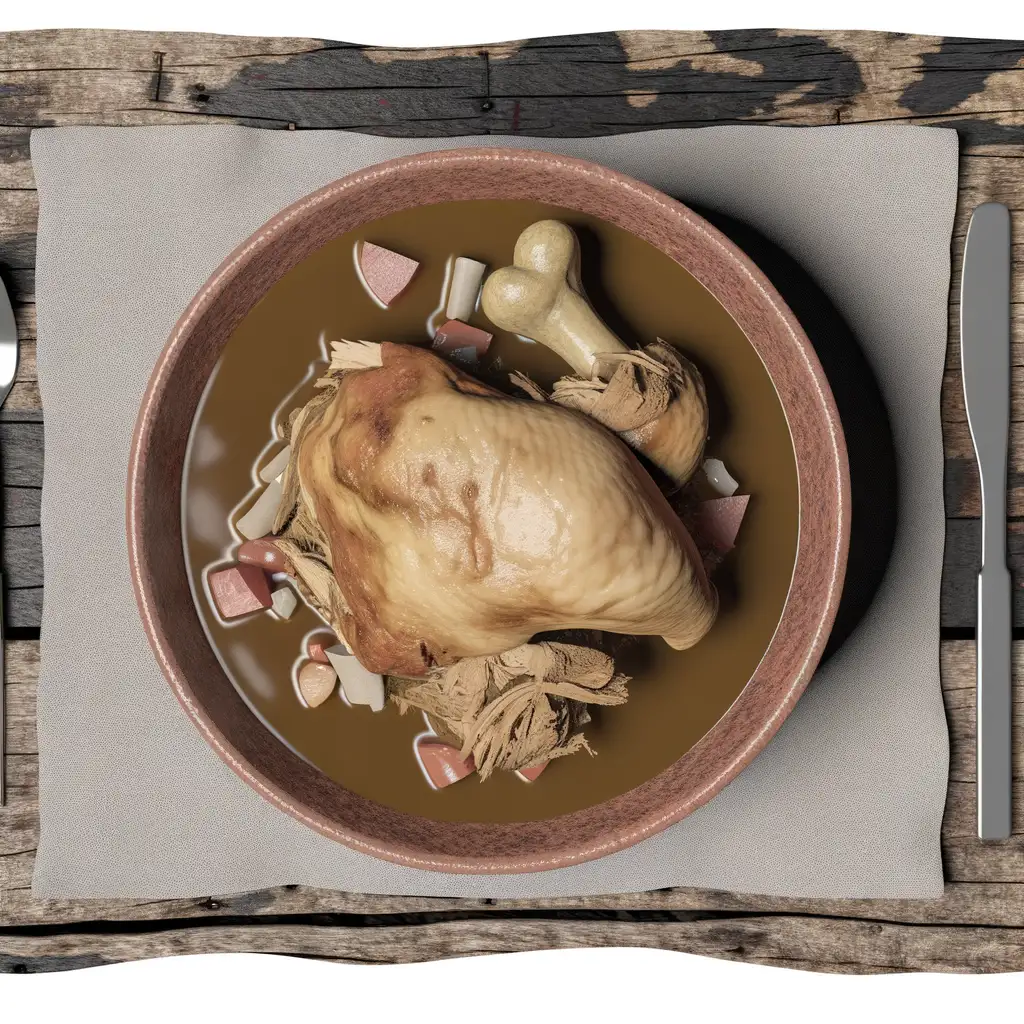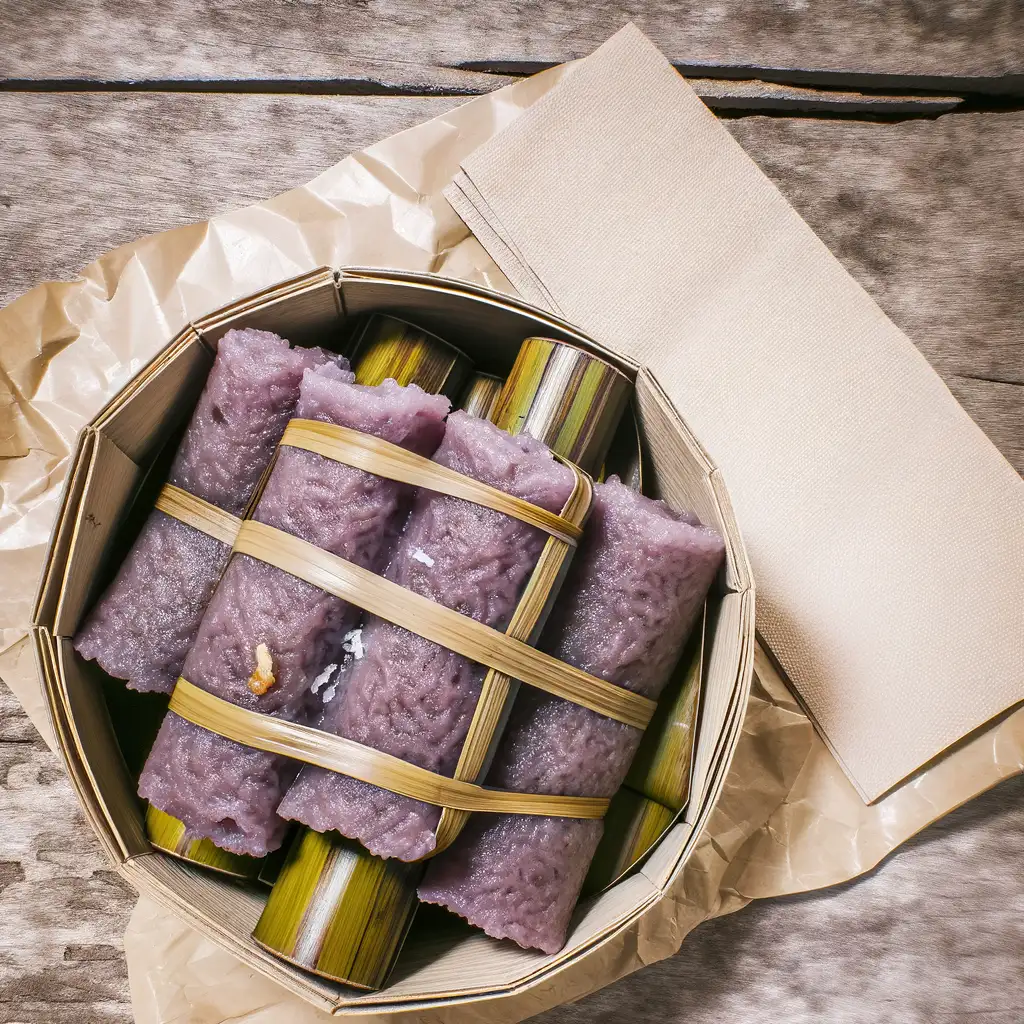


If you’re craving a break from the usual tropical heat,Baguio is like stepping into a cool,misty embrace that instantly refreshes your soul. The moment you arrive,there’s this unmistakable crispness in the air,mingled with the scent of pine trees and freshly brewed coffee wafting from cozy cafés tucked along winding streets. It’s a city that feels alive yet laid-back,where the chatter of locals blends with the soft rustle of leaves and the distant hum of jeepneys navigating the hills. Walking through Baguio’s bustling markets,you’ll be drawn to the vibrant colors of fresh strawberries,handwoven crafts,and the tempting aroma of street food—think sweet taho or warm,buttery ukoy. The city’s charm lies in its mix of old and new:colonial-era buildings stand alongside quirky art spaces and lively night markets,all wrapped in a friendly,welcoming vibe. Locals are warm and proud of their culture,eager to share stories about the city’s history and traditions. What really makes Baguio special is how it invites you to slow down and savor simple pleasures—whether it’s sipping hot chocolate while watching the fog roll over the mountains or wandering through the fragrant gardens of Burnham Park. It’s a place where every corner feels like a new discovery,and you can’t help but feel a little more connected to nature and the people around you. Trust me,Baguio isn’t just a destination; it’s a feeling you’ll want to return to again and again.
The information on this page is currently being reviewed by Tripkliq and should be used as a guide only
Eng word: Hello
Eng pronunciation: Koo-moos-tah
Local language: Kumusta
Eng word: Goodbye
Eng pronunciation: Ah-gyah-mah-nak
Local language: Agyamanak
Eng word: Thank you
Eng pronunciation: Ah-gyah-mah-nak
Local language: Agyamanak
Eng word: How much
Eng pronunciation: Mah-noh
Local language: Mano
Eng word: Toilet
Eng pronunciation: Kah-see-lyas
Local language: Kasilyas
Eng word: Help me
Eng pronunciation: Too-loh-ngan nak
Local language: Tulongan nak
Eng word: Yes
Eng pronunciation: Wehn
Local language: Wen
Eng word: No
Eng pronunciation: Sah-ahn
Local language: Saan
Eng word: Excuse me
Eng pronunciation: Pah-kah-wah-nak
Local language: Pakawanak
Baguio was established as a hill station by the Americans in 1900. It was designed to be a retreat from the tropical heat of the lowlands.
Named after the American architect Daniel Burnham, Burnham Park is one of the oldest and most iconic parks in Baguio, established in 1904.
The Baguio Cathedral, also known as Our Lady of the Atonement Cathedral, was completed in 1936 and is a major landmark in the city.
Originally a rest and recreation facility for American soldiers, Camp John Hay is now a popular tourist destination with hotels, golf courses, and nature trails.
Established in 1905, the Philippine Military Academy is the premier military school in the Philippines and is located in Fort Del Pilar, Baguio.
The Mansion House, built in 1908, serves as the official summer residence of the President of the Philippines.
In 1903, Baguio was declared the Summer Capital of the Philippines due to its cool climate and scenic beauty.
Also known as the Igorot Village, the Baguio Botanical Garden showcases the rich cultural heritage and flora of the Cordillera region.
Session Road is the main thoroughfare in Baguio and is named after the Philippine Commission's sessions held in the city during the early 1900s.
In Baguio, the most common Power Adaptor is Type A, Type B.



A rich and hearty oxtail stew made with peanut sauce, often served with bagoong (fermented shrimp paste) on the side.

A sour pork soup made with tamarind, tomatoes, and various vegetables, known for its tangy and savory taste.

A traditional Cordilleran dish made from a chicken that is lightly beaten before being cooked, giving it a unique flavor and texture.

A cured pork dish that is salted and smoked, often served with rice and vegetables, popular in the Cordillera region.

A local sausage made from ground pork, garlic, and spices, known for its sweet and savory flavor, often enjoyed with rice.

A twist on the traditional taho, this dessert features silken tofu topped with strawberry syrup and sago pearls, reflecting Baguio's famous strawberries.

Freshly harvested green beans from the local farms, often sautéed or used in various dishes, known for their crisp texture and flavor.

A traditional Filipino rice cake made from purple glutinous rice, steamed in bamboo tubes, and typically served with grated coconut and sugar.
Manila is this vibrant,bustling heart of the Philippines that grabs you the moment you step off the plane. There’s an energy here that’s both chaotic and warm,like the city is alive and breathing with stories waiting to be discovered. Walking through its streets,you’ll catch the scent of sizzling street food mingling with the salty breeze from Manila Bay. The soundscape is a lively mix of jeepneys honking,street vendors calling out their wares,and the occasional laughter spilling from a nearby sari-sari store.
What makes Manila truly special is its rich tapestry of history and culture woven into everyday life. You can wander through Intramuros,the old walled city,and feel the echoes of Spanish colonial days in the cobblestone streets and centuries-old churches. Then,just a few blocks away,modern skyscrapers rise,showcasing the city’s dynamic spirit. The people here are incredibly warm and welcoming,always ready to share a story or recommend their favorite spot for halo-halo,a sweet,icy treat that’s perfect for cooling down in the tropical heat.
Manila’s charm lies in its contrasts—the old and new,the quiet moments in hidden courtyards and the lively buzz of night markets. It’s a place where you can savor rich Filipino flavors,dive into vibrant festivals,and feel the pulse of a city that’s constantly evolving but never loses its heart. If you want a trip that’s full of life,color,and genuine warmth,Manila’s waiting with open arms.
Imagine stepping into a place where history hums through the streets and the ocean breeze carries the scent of salty adventure—that’s Cebu City for you. The moment you arrive,there’s this lively energy that wraps around you,a mix of old-world charm and modern buzz. You’ll find yourself wandering through colorful markets where the chatter of vendors blends with the aroma of freshly grilled street food—think sweet,smoky lechon sizzling over coals,tempting you at every corner.
Cebu’s character is a beautiful blend of the past and present. Ancient Spanish forts and centuries-old churches stand proudly alongside sleek cafes and vibrant street art. The city pulses with warmth,not just from the tropical sun but from the people who greet you with genuine smiles and stories. At night,the streets light up with music and laughter,and you can almost taste the festive spirit in the air.
What really makes Cebu unforgettable is how it feels alive in every sense. You can hear the waves crashing nearby,see the colorful jeepneys weaving through traffic,smell the tropical fruits at the market,and feel the warmth of the sun on your skin as you explore. It’s a place where culture,history,and everyday life blend seamlessly,inviting you to dive in and experience its vibrant soul firsthand.
If you ever find yourself craving a place where nature’s calm meets a laid-back island spirit,Puerto Princesa is where you want to be. The moment you step off the plane,there’s this warm,salty breeze that wraps around you,carrying the faint scent of the sea and tropical blooms. It’s a city that doesn’t rush — people move with a gentle rhythm,and the streets hum softly with the chatter of locals and the occasional strum of a guitar from a nearby café. It feels like a breath of fresh air,both literally and figuratively.
What really makes Puerto Princesa stand out is its deep connection to nature. The famous Underground River is just the beginning — lush mangroves,crystal-clear waters,and vibrant coral reefs surround the city,inviting you to explore. You can hear the calls of exotic birds in the morning and watch fishermen bring in their catch as the sun dips low,painting the sky in shades of pink and orange. The food scene here is a delightful surprise too — fresh seafood grilled right on the beach,sweet tropical fruits bursting with flavor,and local dishes that tell stories of the sea and the land.
But beyond the sights and tastes,it’s the people who make Puerto Princesa unforgettable. Their warmth and genuine smiles make you feel like you’re not just visiting,but truly welcomed. Whether you’re wandering through the bustling market or sharing a laugh with a vendor,there’s a sense of community that lingers long after you leave. It’s a place that invites you to slow down,soak in the simple joys,and leave with a heart full of stories.
If you ever find yourself craving a place where vibrant city life meets the gentle embrace of nature,Davao City is where you want to be. The moment you step off the plane,there’s this warm,welcoming energy that wraps around you—like the city itself is inviting you to slow down and savor every moment. The air carries a subtle mix of tropical blooms and the faint,salty hint of the nearby sea,while the streets buzz with a friendly hum of jeepneys and chatter in a melody of languages.
Walking through Davao,you’ll notice how the city wears its culture proudly. From the colorful street markets where vendors call out their fresh fruits and local delicacies,to the intricate weaves and crafts that tell stories of indigenous tribes,there’s a deep respect for heritage here. And the food? Oh,the food! Imagine biting into a juicy durian (if you’re brave enough),or savoring grilled tuna so fresh it practically melts in your mouth,all while sipping on a sweet,refreshing calamansi juice.
What really sets Davao apart is its balance—towering mountains and lush parks sit just a short drive from bustling urban spots. You can spend your morning hiking up Mount Apo,the Philippines’ highest peak,then wind down with a stroll along the riverwalk as the sun dips low,painting the sky in shades of orange and pink. It’s a city that feels alive but never rushed,where every corner invites you to explore,taste,and connect.
If you ever find yourself craving a place where history hums softly alongside the buzz of everyday life,Iloilo City is where you want to be. The moment you step into its streets,there’s this warm,inviting energy—like the city is gently nudging you to slow down and savor its stories. You’ll notice the colonial-era buildings standing proudly beside modern cafes,their facades telling tales of centuries past. The air carries a subtle mix of salty sea breeze and the sweet aroma of freshly baked pan de sal,making every morning feel like a comforting embrace.
Walking through Iloilo,you’ll hear the lively chatter of locals,the clinking of glasses in cozy eateries,and the distant strum of guitars from street performers. The city’s character shines brightest in its festivals,especially the Dinagyang,where vibrant costumes and rhythmic drums fill the streets with infectious joy. But even on quieter days,the genuine smiles of Ilonggos and their easygoing hospitality make you feel like you’ve found a second home.
And then there’s the food—oh,the food! From the rich,savory batchoy served steaming hot in humble noodle shops to the sweet,creamy taste of fresh mangoes,every bite is a celebration of local flavors. Iloilo isn’t just a place to visit; it’s a place to experience,where every corner invites you to pause,breathe,and fall a little in love with its soul.
If you ever find yourself wandering through the heart of Bohol,Tagbilaran City greets you with a warm,unhurried rhythm that feels like a gentle hug after a long journey. The city hums with life—not the overwhelming buzz of a metropolis,but a lively,welcoming energy where jeepneys rattle by and street vendors call out their fresh fruit and local snacks. As you stroll along the waterfront,the salty breeze carries the faint scent of grilled seafood mingling with tropical flowers,inviting you to slow down and savor the moment.
Tagbilaran’s charm lies in its blend of old and new. You’ll catch glimpses of Spanish-era churches standing proudly beside colorful markets where locals barter over ripe mangoes and sticky rice treats. The city’s pulse is deeply tied to its people—friendly,easygoing,and proud of their heritage. At night,the streets light up with laughter and music spilling from small eateries where you can taste the rich flavors of Boholano cuisine,like the sweet,tender kalamay or freshly caught fish cooked with coconut milk.
What really stays with you is the city’s sense of community and its connection to the sea. Whether you’re watching fishermen haul in their catch at dawn or joining a lively fiesta,Tagbilaran feels like a place where stories are shared over steaming cups of coffee and where every corner invites you to discover a new layer of its soul. It’s not just a stopover—it’s a place that quietly pulls you in and makes you want to stay a little longer.
Tourists may be lured into paying for non-existent or substandard accommodations through fake online listings or misleading advertisements.
Scammers may pose as representatives of charities or organizations, asking tourists for donations that never reach the intended cause.
Some vendors may sell mass-produced items as 'authentic' indigenous crafts, charging a premium for low-quality goods.
Unlicensed individuals may pose as tour guides and charge tourists for subpar or incomplete tours of popular attractions.
Tourists visiting Wright Park may encounter operators who overcharge for horseback riding services or add hidden fees for photos and other extras.
Vendors in tourist-heavy areas may inflate prices of local crafts, souvenirs, or food items when dealing with tourists.
At strawberry farms, some operators may charge tourists inflated fees for picking strawberries or sell pre-picked strawberries at excessive prices.
Some taxi drivers may refuse to use the meter and charge tourists a flat rate that is significantly higher than the actual fare.
Thieves may use distractions, such as spilling something on a tourist or creating a commotion, to steal wallets, phones, or other valuables.
Tourists may be invited to participate in street games or gambling setups, which are rigged to ensure they lose money.
The Philippines has very strict laws regarding the use, possession, and distribution of illegal drugs. Baguio City adheres to these national laws, which include severe penalties for drug-related offenses. Tourists should be extremely cautious and avoid any involvement with illegal drugs to avoid severe legal consequences.
Baguio City has strict regulations on smoking. The city enforces a comprehensive anti-smoking ordinance that prohibits smoking in public places, including parks, streets, and government buildings. Designated smoking areas are provided, and violators can face fines and penalties. Tourists should be aware of these regulations to avoid fines.
Similar to smoking, vaping is also regulated in Baguio City. The use of e-cigarettes and other vaping devices is prohibited in public places. Designated vaping areas are available, and violators can be fined. Tourists should ensure they only vape in designated areas to comply with local laws.
What are other people saying about Baguio?
Recent Social posts about Baguio
There is nothing to show you for now.